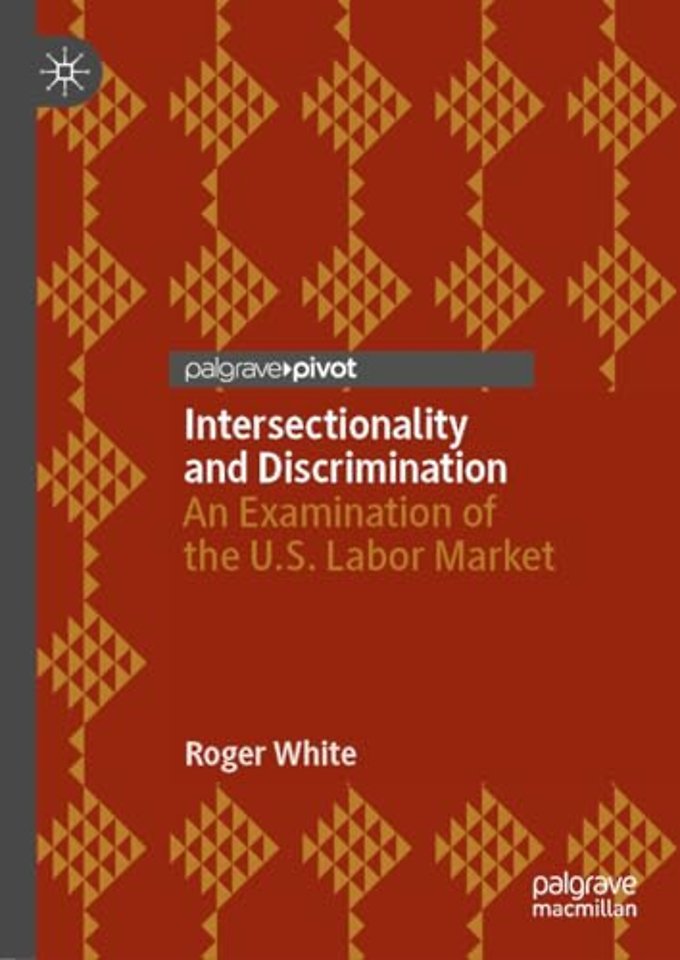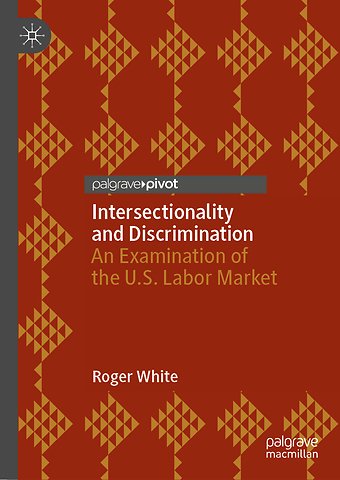Intersectionality and Discrimination
An Examination of the U.S. Labor Market
Gebonden Engels 2023 9783031261244Samenvatting
In 1989, Kimberlé Crenshaw coined the term “intersectionality” to describe the interdependent and overlapping systems of discrimination and disadvantage that result from the interconnected nature of social categorizations. These categories include, but are not limited to, disability, gender identity, nationality, race, and socioeconomic class. In recent years, we have witnessed increased societal interest in the notion of equal economic, political, and social rights. This has commonly manifested in a desire for equality of opportunity (i.e., social justice). This book applies an intersectional approach to examine a specific facet of inequality – namely, the presence and magnitude of wage discrimination in the U.S. labor market.
This book accomplishes several objectives. It introduces intersectional analysis for readers who are unfamiliar with the topic. The book identifies intersectional wage discrimination for a large number of worker groups that are defined by multiple intersecting identities (i.e., the personal characteristics of Hispanic ethnicity, nativity, race, and sex). It also documents variation in wage differentials both between worker groups (i.e., contemporaneously) and within groups (i.e., intertemporally). Finally, given the policy relevance of our topic, it is fitting that the final chapter is devoted to corresponding conclusions.
Specificaties
Lezersrecensies
Inhoudsopgave
Rubrieken
- advisering
- algemeen management
- coaching en trainen
- communicatie en media
- economie
- financieel management
- inkoop en logistiek
- internet en social media
- it-management / ict
- juridisch
- leiderschap
- marketing
- mens en maatschappij
- non-profit
- ondernemen
- organisatiekunde
- personal finance
- personeelsmanagement
- persoonlijke effectiviteit
- projectmanagement
- psychologie
- reclame en verkoop
- strategisch management
- verandermanagement
- werk en loopbaan

